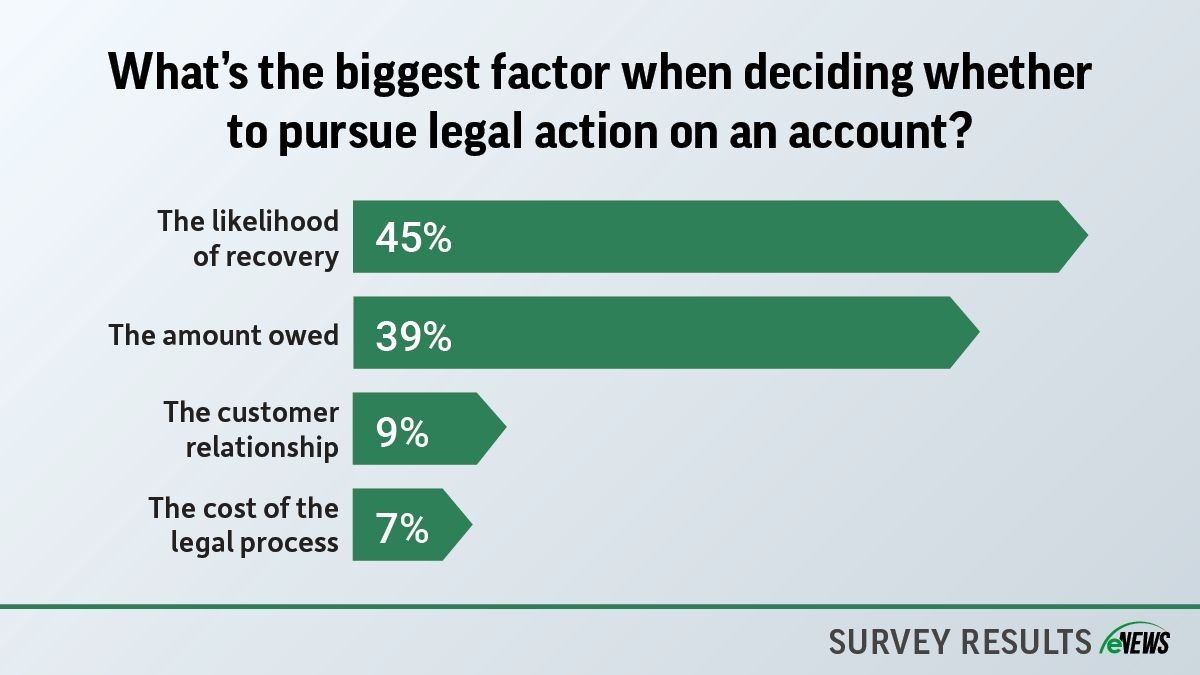Business Practices, eNews
Supply Chain Finance for Early Payments

Cash flow is the backbone of every business. Supply chain financing is just one tool available to companies to get paid faster in a volatile economy.
Supply chain financing, also referred to as reverse factoring, supplier finance or buyer-driven receivables finance, is a financial arrangement that helps optimize the cash flow in a supply chain by providing early payment to suppliers. It is a collaborative solution involving the buyer, supplier and a financial institution.
In a typical supply chain financing arrangement, the buyer (often a large company) partners with a financial institution (such as a bank) to offer its suppliers the option to receive early payment for their outstanding invoices. Instead of waiting for the agreed-upon payment term, suppliers can choose to sell their invoices to the financial institution at a discount. The financial institution then pays the supplier the discounted amount, providing them with immediate working capital.
Costs are based on the credit standing and finance rates of the buyer rather than the borrowing rates of the seller. The process aims for both buyers and sellers to have control over cash flow and sense of collaboration rather than negotiation.
How Does It Work? If a supplier needs cash quickly, they can request an immediate payment at a discounted rate from a company’s bank. If the request is accepted, the bank will issue a payment to the supplier—extending the payment period for the company for an additional 30 days. Supply chain financing can give a buyer the opportunity to ask the supplier for extended credit terms without an increase in its total financial costs.
What Are the Benefits? Supply chain financing can help accelerate the flow of payments. From a credit perspective, it can be a useful tool to improve overall DSO and can lower disputes, said Shaun Papperman, CCE, CCRA, CICP, director, order fulfillment at Baltimore Aircoil Company, Inc. (Jessup, MD). “From a vendor’s perspective, inserting a third party means additional transaction costs,” Papperman added. “Generally, we found when we wanted to move our vendor base to supply chain finance, it costs more but was also a great way to extend days payable outstanding. Depending on what your goals are, there is a tradeoff between profitability and capital.”
Potential Downsides. Many large corporations have moved to 90- or even 120-day terms. The alternative is to accept a supply chain finance program to get paid sooner, said Janet Elliott, financial services manager at Werner Electric Supply Company (Appleton, WI). “Of course, you don’t want to accept 120-day terms,” Elliottt said. “As a distributor, we are stock our inventory in bulk, which cuts into our cash flow because we don’t get paid for it right away. By the time we create a sale and sell it, that cash flow could be a total of six months you’re tying up with the company’s cash resource.”
Supply chain financing is usually based on market-variable rates—which can challenge some companies to reduce their sales discounts. “You could be paying anywhere from 1-2% to take an early payment program through supply chain financing,” said Elliott. “If my goal is to try to reduce sale discount, it is difficult to do while using supply chain finance and figure out the best option for my company.”
What Creditors Should Consider. If a seller uses its accounts receivable as collateral for financing, a release from its existing lender may be required to participate in a supply finance program. The release removes all value of the receivable from the collateral of the seller—which can potentially reduce its borrowing availability.
Many banks have started to restrict credits, said Dev Strischek, principal of Devon Risk Advisory Group, LLC. “Some suppliers are finding they’ve got less credit which impacts their ability to finance sales of goods to their customers,” said Strischek. “Both suppliers and purchasers rely on bank financing to the extent that banks are getting stingier. The impact is very high because your suppliers can only finance with as much credit they have.”
Although banks are not the only source of credit, it can become more of a challenge for suppliers and customers to find the credit they need in order to enter a supply chain financing agreement. Creditors should be aware if they are the primary, secondary or tertiary supplier, said Strischek. “One of the problems of supply chain finance is when customers have either choice, it depends on the supplier’s ability to get there on time,” he added. “The risk of running out of inventory is much higher.”
And considering some of the largest banks have failed this year, it is important for credit professionals to make sure they understand all transaction costs on the front end, said Papperman. “Keep an eye on how interest rates are calculated, how often they change and how invoices are submitted and approved,” Papperman added. “Do due diligence on the front end and it will save a lot of surprises.”
To learn more about supply chain financing, be sure to sign up for NACM’s Global Thought Leaders discussion on Wednesday, May 17.





